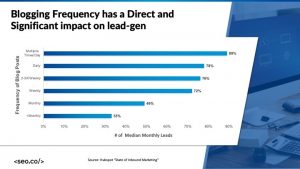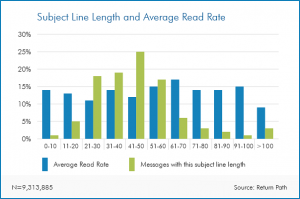With consumer data pouring in across mobile, social, email, and wearables — just to name a few of today’s consumer channels — it can be excruciatingly difficult for marketers to navigate the Big Data landscape.
First and third-party data are two distinctly different classes of information that are traditionally juxtaposed against each other. So how are marketers to decide which of these two data types will best serve their respective businesses? Let’s explore the differences between the two, how they’re collected and why marketers should be using first-party data to improve their campaigns.
What Is Third-Party Data?
Third-party data is information collected about unspecified consumers who are not necessarily a company’s own customers. Businesses purchase this information from data brokers who scour disparate and unrelated sources, such as government lists, voter documentation, questionnaires and surveys, to compile data sets. Typically, third-party data is aggregated from online tracking cookies, email lists, and data marketplaces.
Here are some examples of third-party data points collected by data brokers:
- Employment information
- Credit score
- Allergies and ailments
- Home address
- Birth date
- Voter registration information
Evidently, companies can access a lot of information just by purchasing third-party data from data brokers. But how accurate is this data and how does it impact marketing campaigns? Third-party data is prone to three major inaccuracies:
Lack Of Relation
First, data brokers create inaccurate consumer profiles by piecing together data from unrelated and unaffiliated sources. It’s like trying to complete a customer puzzle with a bunch of different pieces from different sets: there’s no way to flawlessly and fully complete it. This lack of relatedness among various sources can lead to some stretched and inaccurate conclusions. For example, just because an individual types “cute dog photos” into a search engine doesn’t necessarily mean that he or she is a dog owner.

Out-Of-Date
Second, third-party data can be severely out-dated, as it can be bought and sold for many years without any real updating. This means major life-changing events, such as moving or getting married, can go overlooked by companies using third-party data. Consequently, brands relying on third-party information risk exposing their customers to irrelevant experiences, and no one likes irrelevant experiences. In fact, in a recent survey, when asked about their reactions after receiving irrelevant information or product recommendations from a company, 47% of US respondents and 44% of UK respondents claimed that they ignored all future communications from the business.

No Cross-Device Accuracy
Lastly, traditional third-party tracking cookies, one of the most well-known and widely-used forms of third-party data, only monitor device-specific behaviors. Heavy reliance on tracking cookies results in an inability to understand users’ cross-device activities, which is especially vital to grasp as the average US consumer owns four devices (Nielsen), more than 20% of consumers between the ages of 18-49 visit websites from four different devices each week (Experian) and 46% of consumers use multiple devices to accomplish a single task (MarketingLand).

With so much room for error, marketers who rely heavily on third-party data to understand and reach their customers are setting themselves up to deliver ineffective campaigns and waste marketing spend. The inability to know exactly who they’re reaching prohibits them from adequately measuring and optimizing their campaigns.
So, how should businesses move beyond third-party data to improve the success of their marketing efforts? Leverage first-party customer data.
What Is First-Party Data?
First-party data is data collected by companies directly from their customers. It’s collected from interactions and behaviors across devices, websites, mobile apps, registration fields, subscription data, social networks, and more.
Here are some first-party data points about an individual that can easily be obtained by companies via permission-based methods such as traditional registration forms, progressive profiling or third-party identity authentication:
- Relationship status
- Purchase behavior
- Favorite brands and companies
- Favorite TV shows, musical artists, etc.
- On-site actions and activities
With such a large quantity and extraordinary quality of accurate, rich information, marketers can create personalized and relevant marketing campaigns to better appeal to their current and potential customers and see conversion rates skyrocket.
Marketers, ask yourselves, when creating your marketing programs, would you rather use anonymous data collected from various sources, or permission-based, first-hand data gathered directly from your actual and potential customers?
To learn more about the hidden costs associated with third-party data, check out this free white paper.
(275)







